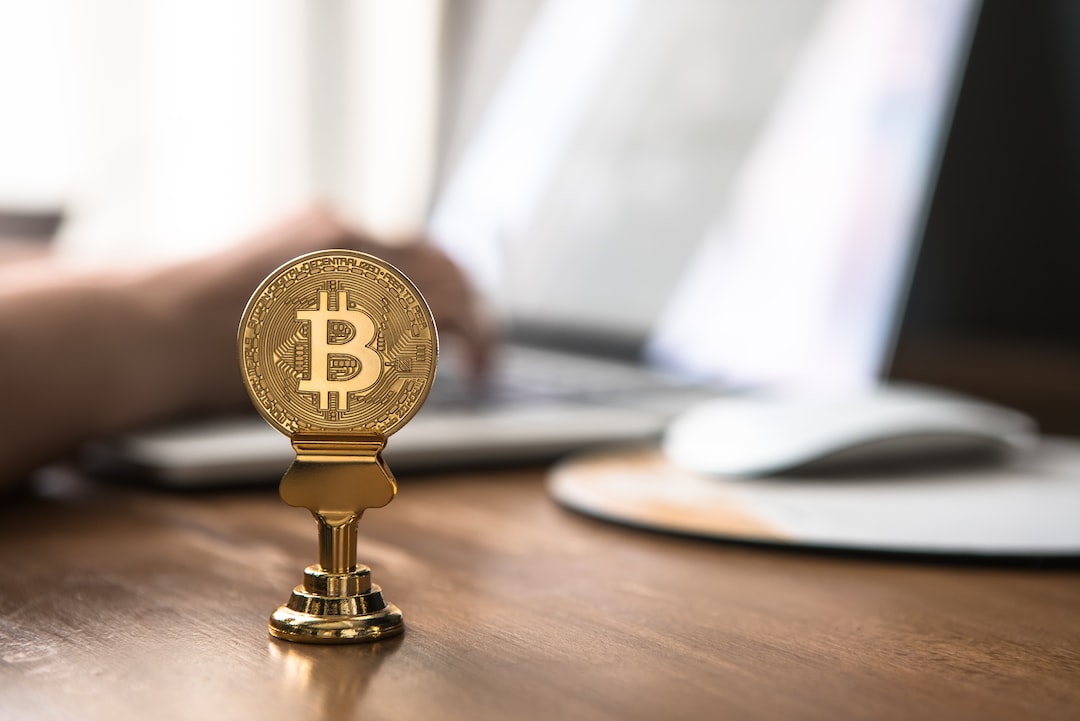Curve Finance to Compensate Victims of Security Breach
The decentralized finance (DeFi) protocol Curve Finance (CRV) has announced that it will compensate users who suffered losses in a major security breach earlier this year. In July, hackers exploited a vulnerability in the programming language Vyper 0.2.15, resulting in losses of approximately $70 million. This incident caused Curve’s total value locked (TVL) to drop from $3.25 billion to $1.67 billion at the time.
Addressing the Shortfall
Although the stolen funds were partially or completely recovered, liquidity providers (LPs) still experienced a shortfall. A proposal was submitted to address this issue and make affected LPs whole again. The Curve team has been working with affected protocol teams to develop a fair process for compensating victims and believes that this arrangement is in the best interest of Curve DAO and its users.
Compensation Plan
In a recent announcement on social media platform X, Curve revealed that it will allocate around $49.2 million in crypto assets to the victims of the exploit following a successful vote by token holders. The compensation plan includes distributing $7.2 million worth of ETH recovered by whitehat hackers to the DAO, $42 million worth of CRV to compensate for unrecovered parts (vested), and distribution of other whitehat-recovered funds prior to the vote.
Hot Take: Compensation for Curve Finance Hack Victims
Curve Finance is taking a proactive approach by compensating users who suffered losses due to a security breach on their platform. By allocating a substantial amount of crypto assets, Curve aims to make affected liquidity providers whole again and restore trust in their protocol. This compensation plan demonstrates Curve’s commitment to its users and the importance of addressing vulnerabilities in DeFi protocols. It also highlights the collaborative efforts between Curve and affected protocol teams to develop a fair and equitable process for compensating victims. Overall, this compensation initiative sets a positive example for the DeFi industry and emphasizes the need for security measures to protect user funds.





 By
By
 By
By
 By
By

 By
By
 By
By